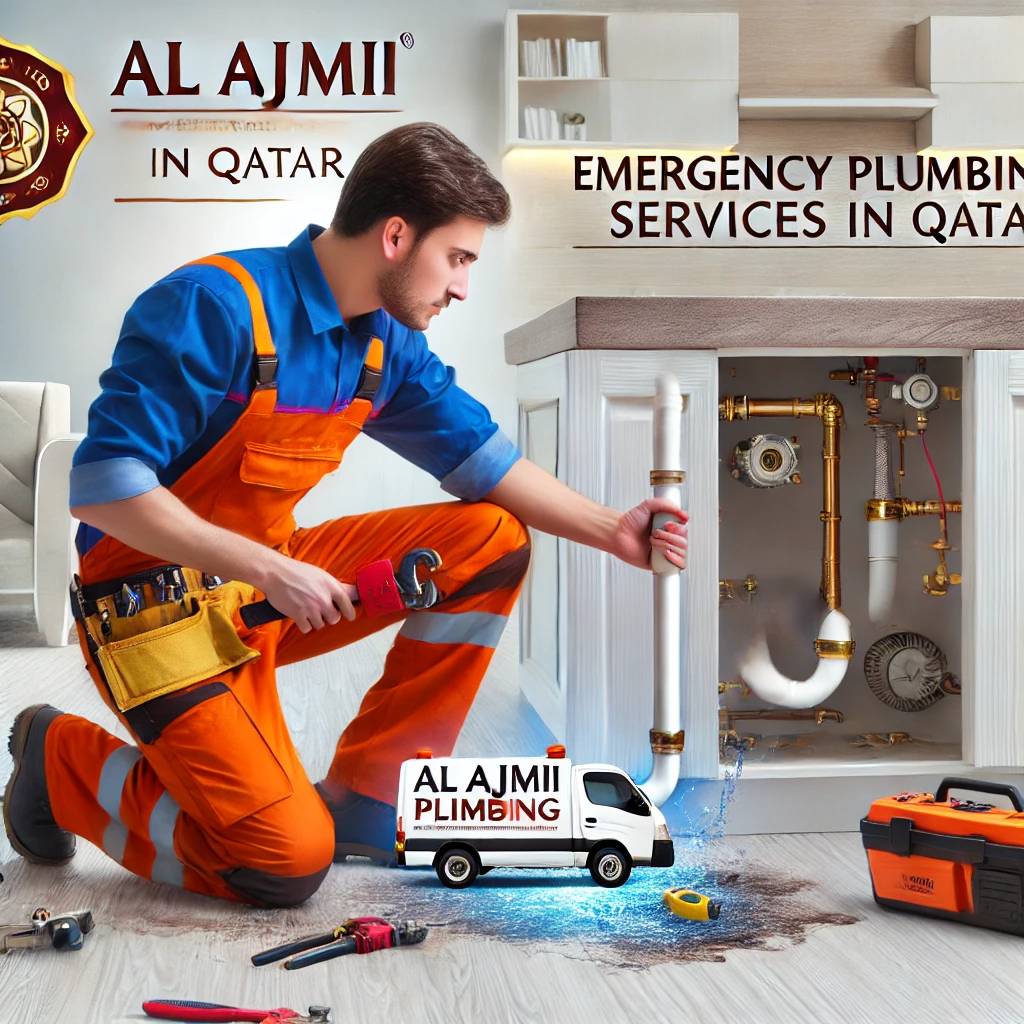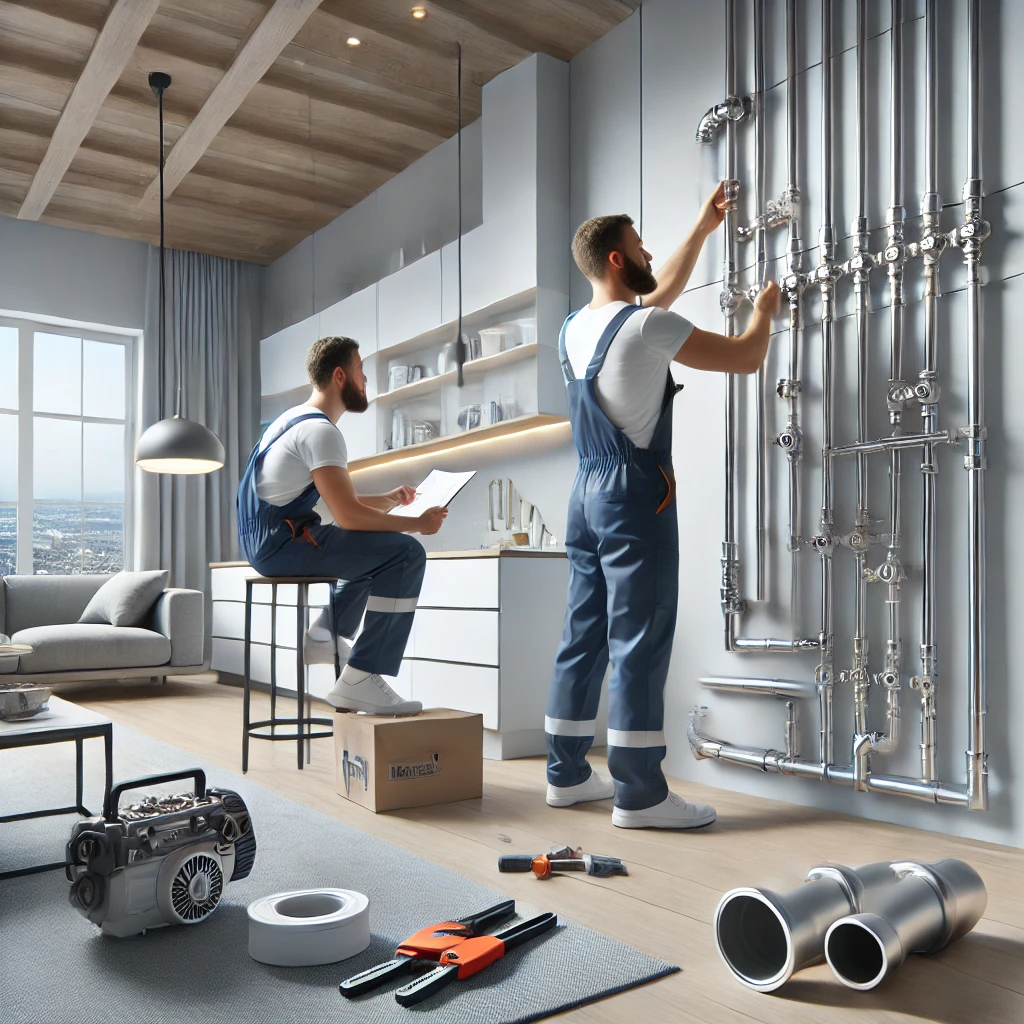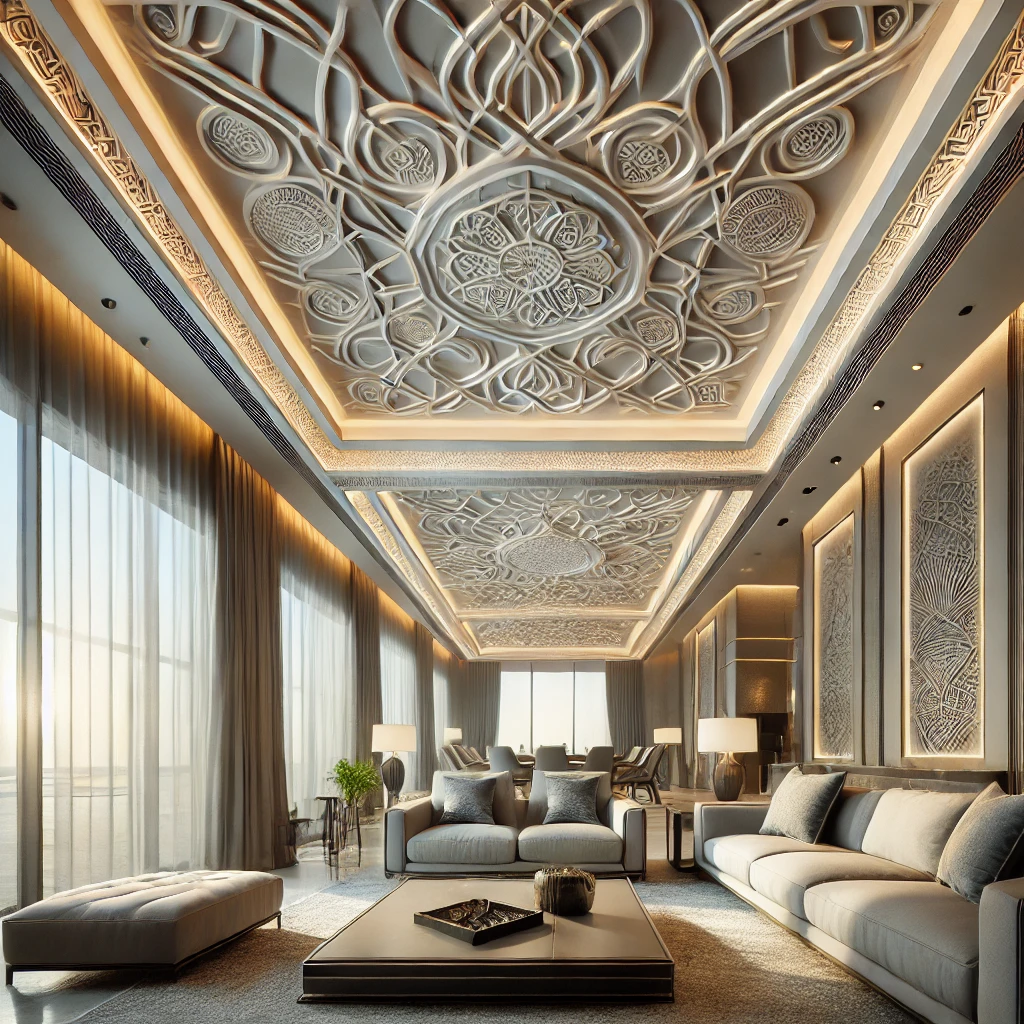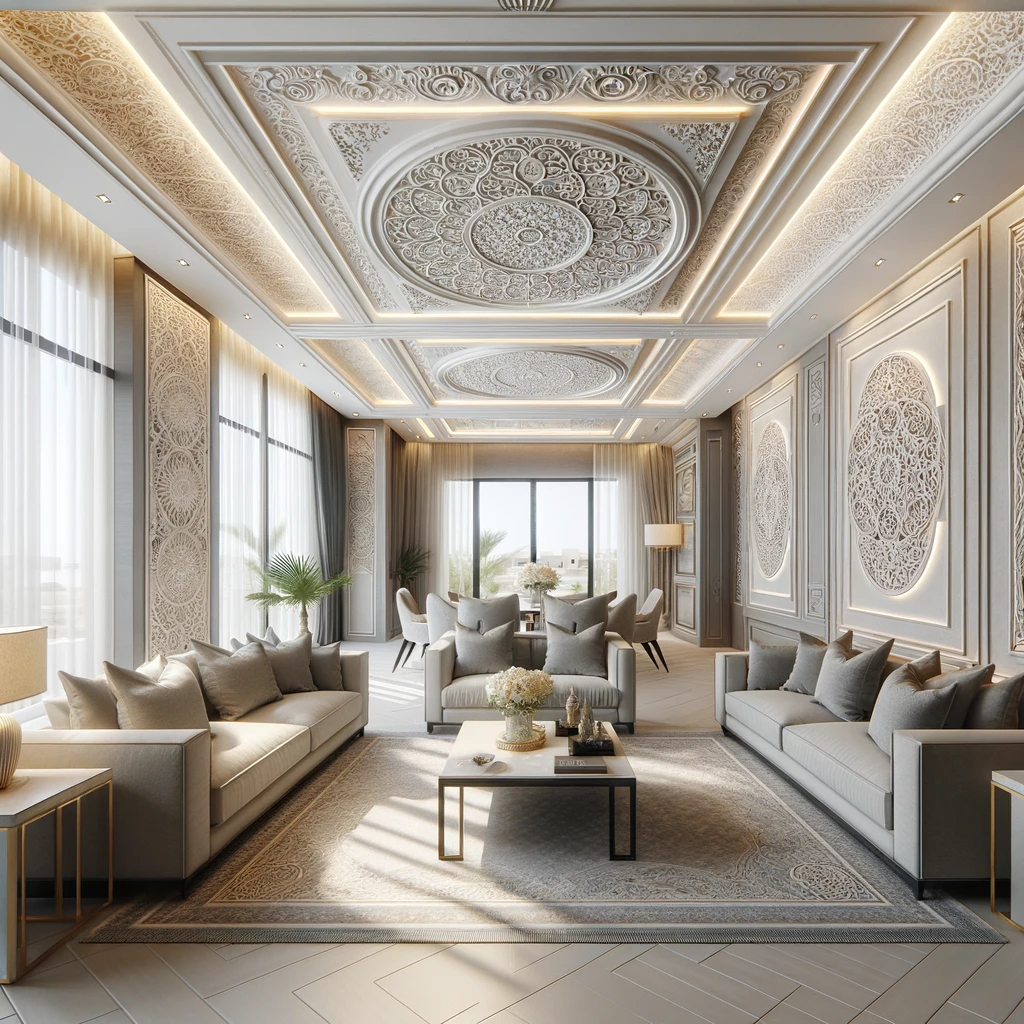Qatar’s construction industry is evolving rapidly, embracing modern technologies and advanced materials to enhance infrastructure durability, efficiency, and sustainability. Among these advancements, high-performance aluminum alloys have emerged as a game-changer, offering superior strength, corrosion resistance, and lightweight properties.
With the increasing demand for high-rise buildings, stadiums, and transportation networks, the adoption of next-generation aluminum alloys is transforming the way structures are designed and built. But what makes these alloys special, and why are they essential for Qatar’s construction industry? Let’s explore the compositions, benefits, and applications of these innovative materials.
Understanding High-Performance Aluminum Alloys
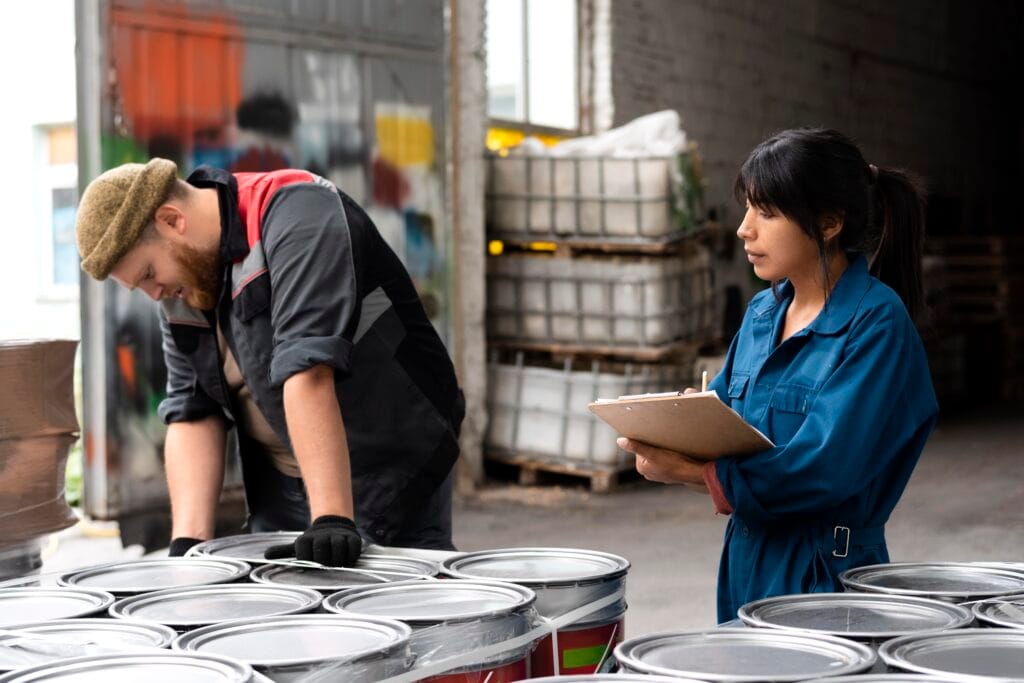
Aluminum alloys are engineered by combining aluminum with other elements such as magnesium, silicon, copper, and zinc to enhance their mechanical and chemical properties. These alloys are classified into different series based on their composition:
- 2XXX Series (Al-Copper Alloys): Known for high strength and toughness, these alloys are commonly used in aerospace but are increasingly finding applications in structural components.
- 5XXX Series (Al-Magnesium Alloys): Excellent corrosion resistance makes these alloys ideal for marine and construction applications.
- 6XXX Series (Al-Magnesium-Silicon Alloys): Widely used in construction due to their balanced strength, weldability, and corrosion resistance.
- 7XXX Series (Al-Zinc Alloys): Extremely strong and lightweight, used in high-performance applications such as bridges and stadiums.
- 8XXX Series (Miscellaneous Alloys): Used for applications such as roofing sheets, aluminum-lithium aerospace materials, and packaging materials.
These advanced alloys provide tailored solutions for Qatar’s unique environmental conditions, ensuring structural longevity and resilience.
Benefits of High-Performance Aluminum Alloys in Construction
1. Strength-to-Weight Ratio
One of the most compelling advantages of aluminum alloys is their exceptional strength-to-weight ratio. Unlike traditional steel, aluminum alloys provide comparable strength at a fraction of the weight, reducing structural loads and foundation costs. This is especially crucial for Qatar’s ambitious skyscrapers and large-scale infrastructure projects.
2. Corrosion Resistance
Given Qatar’s coastal environment and high humidity levels, corrosion resistance is a key factor in material selection. Aluminum alloys, particularly those from the 5XXX and 6XXX series, naturally form an oxide layer that prevents rust and degradation, ensuring long-term durability.
3. Sustainability and Energy Efficiency
Aluminum is highly recyclable, making it an eco-friendly choice for sustainable construction. Recycled aluminum retains its properties, reducing energy consumption and lowering the carbon footprint of construction projects. This aligns with Qatar’s vision for a greener, more sustainable built environment.
4. Design Flexibility and Aesthetic Appeal
Modern architecture demands innovative designs with complex curves and lightweight structures. Aluminum alloys offer excellent malleability, allowing architects and engineers to push design boundaries while maintaining structural integrity.
5. Thermal and Acoustic Insulation
Aluminum alloy-based facade systems improve energy efficiency by providing enhanced thermal insulation. These materials also contribute to noise reduction, making them ideal for urban developments and commercial buildings.
6. Fire Resistance
Certain high-performance aluminum alloys come with enhanced fire-resistant properties, making them ideal for use in high-risk environments such as commercial buildings, skyscrapers, and tunnels.
7. Cost-Effectiveness in the Long Run
Although the initial cost of high-performance aluminum alloys might be higher, their durability and low maintenance costs make them a cost-effective choice over the long term.
Applications of Next-Gen Aluminum Alloys in Qatar’s Construction Sector
1. High-Rise Buildings
The use of aluminum alloys in curtain walls, facades, and structural components ensures lighter, stronger, and more efficient skyscrapers, reducing overall construction costs and increasing building longevity.
2. Stadiums and Sports Complexes
Qatar, known for hosting major international sports events, has leveraged aluminum alloys in stadium roofing, seating structures, and support frameworks to enhance durability while maintaining lightweight construction.
3. Bridges and Transportation Infrastructure
Aluminum-zinc alloys from the 7XXX series are widely used in bridge construction, offering exceptional load-bearing capacity and resistance to environmental stressors.
4. Modular and Prefabricated Construction
The rise of modular construction methods in Qatar benefits significantly from aluminum’s lightweight and corrosion-resistant properties, allowing for faster assembly and transportation of prefabricated components.
5. Smart Aluminum Solutions in Green Buildings
The integration of aluminum-based solar panel frames, energy-efficient facades, and smart coatings in sustainable building projects is reshaping Qatar’s urban landscape.
6. Roofing and Cladding Systems
Aluminum roofing systems offer high durability, resistance to extreme weather, and low maintenance, making them a preferred choice for large commercial and industrial buildings.
7. Road and Rail Infrastructure
Aluminum alloys are also being utilized in the construction of lightweight yet sturdy components for road and rail transport infrastructure, ensuring efficiency and longevity.
The Future of Aluminum Alloys in Qatar’s Construction Industry
As Qatar continues its rapid urban expansion, the role of high-performance aluminum alloys will become even more prominent. Future advancements include:
- Smart Alloys with Self-Healing Properties: Innovative coatings and self-healing aluminum alloys will further enhance corrosion resistance.
- AI-Optimized Alloy Compositions: Machine learning algorithms will drive the development of new aluminum blends optimized for specific environmental conditions.
- Integration with 3D Printing: Additive manufacturing using aluminum alloys will revolutionize on-site construction, enabling complex, custom-built structures with minimal waste.
- Enhanced Fire Resistance: New aluminum alloys with advanced thermal coatings will improve fire safety in high-rise buildings.
- Hybrid Aluminum Composites: Combining aluminum alloys with carbon fiber and other materials will further increase strength and reduce weight.
- Increased Adoption in Sustainable Architecture: As demand for green buildings rises, aluminum will play a key role in energy-efficient structures with recyclable components.
Advanced Coating Technologies: Future coatings will improve the longevity and aesthetics of aluminum structures, reducing maintenance requirements.
Overcoming Challenges in Aluminum Alloy Adoption
Despite the benefits, some challenges must be addressed for widespread adoption of high-performance aluminum alloys in Qatar:
- Cost Considerations: Advanced aluminum alloys can be more expensive than traditional materials, requiring cost-benefit analyses for large-scale projects.
- Workforce Training: Skilled labor is necessary to work with advanced alloys and smart fabrication techniques.
- Supply Chain Management: Ensuring a stable supply of high-performance aluminum alloys requires strategic partnerships with global and regional suppliers.
Regulatory Standards: Developing standardized codes and certifications for aluminum alloy usage in construction will be crucial for its widespread adoption.
Conclusion
Qatar’s construction industry is at the forefront of adopting high-performance aluminum alloys, driven by the need for sustainable, durable, and cost-effective building solutions. From skyscrapers to sports stadiums, these next-generation materials are reshaping the skyline of Qatar, ensuring resilience against environmental challenges while promoting innovation in design and functionality.
By embracing cutting-edge aluminum alloys, Qatar is setting a global benchmark for modern, high-performance construction. The future is bright, and aluminum is at the heart of it.
